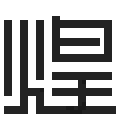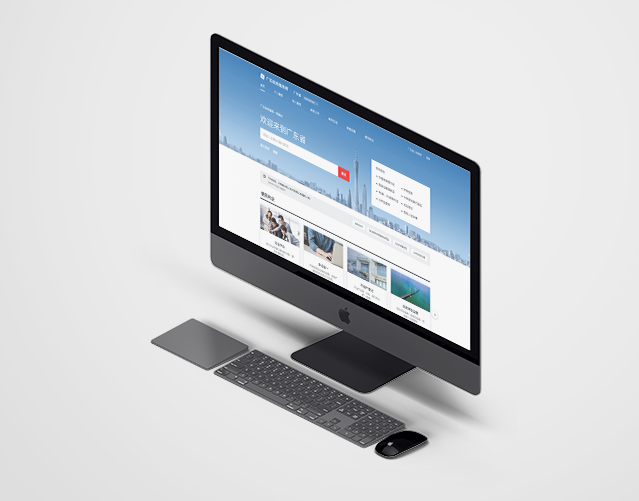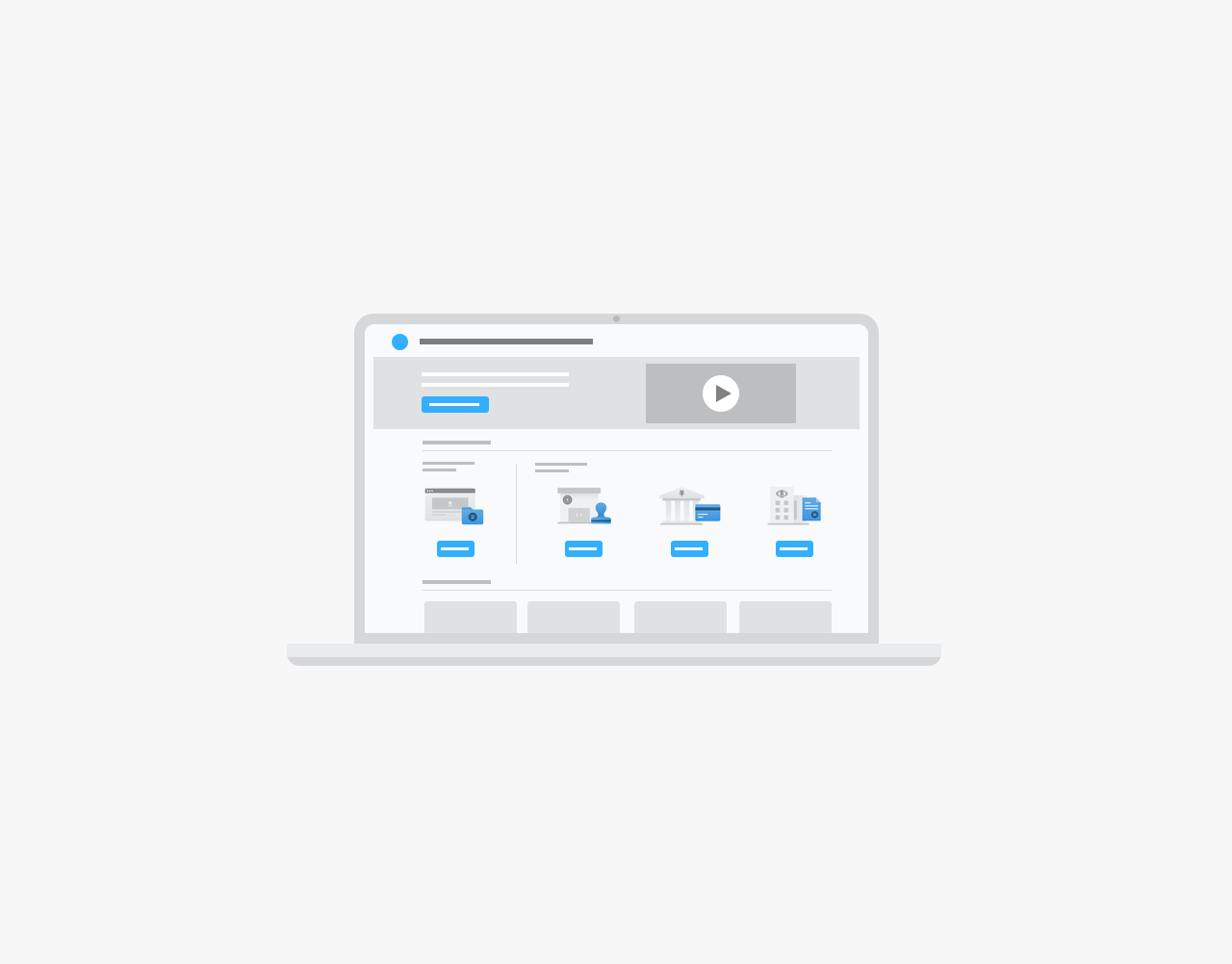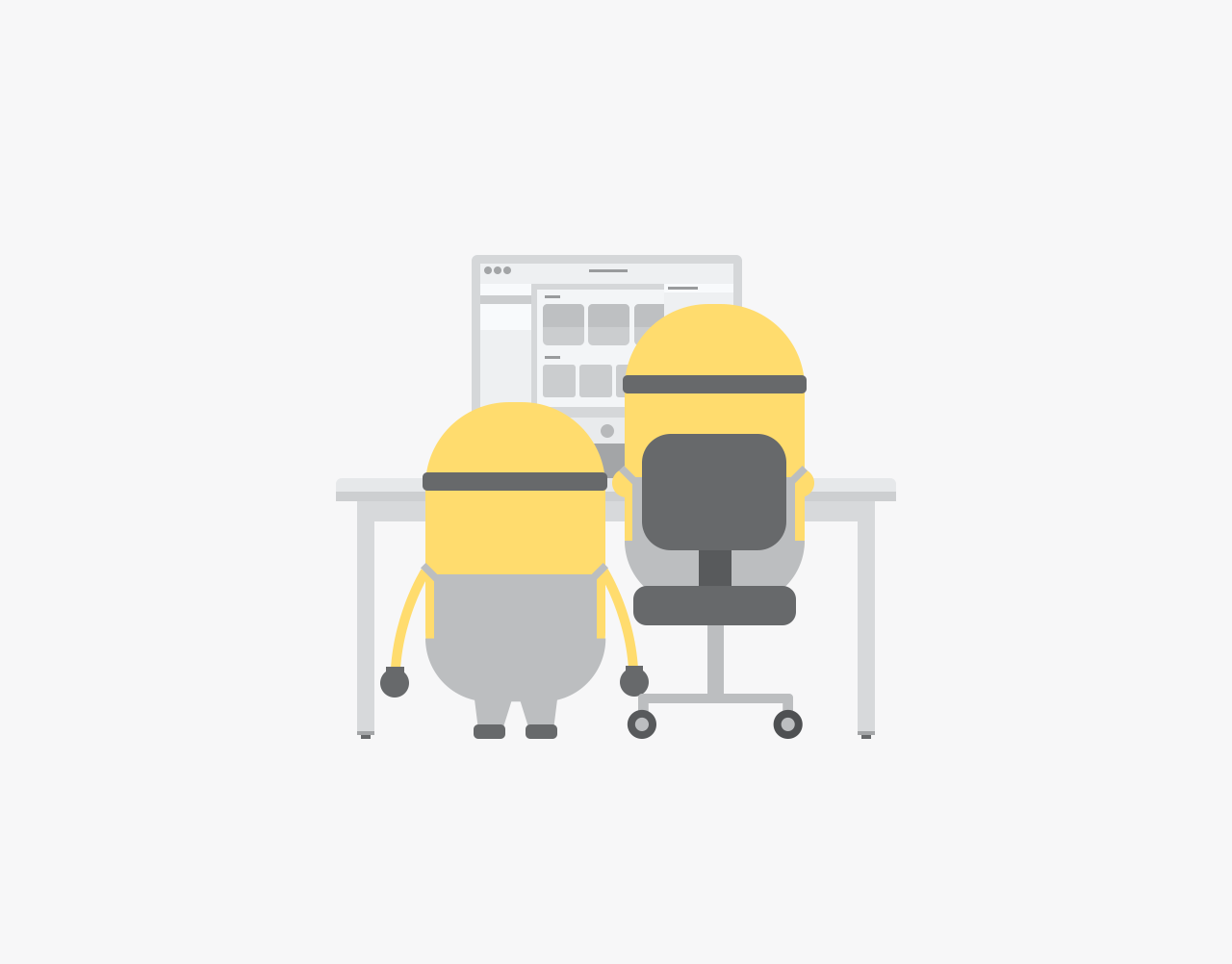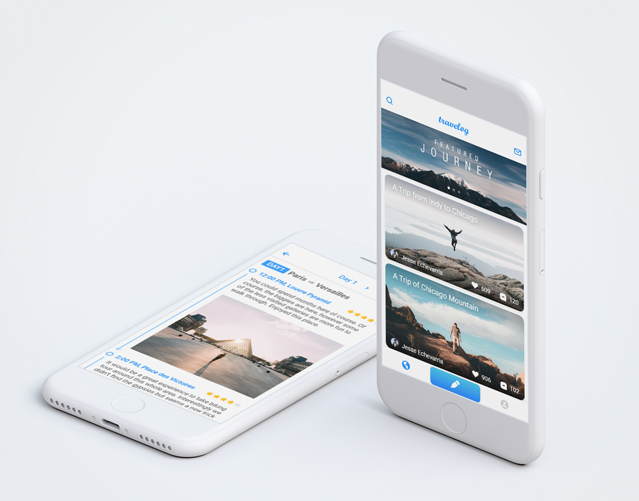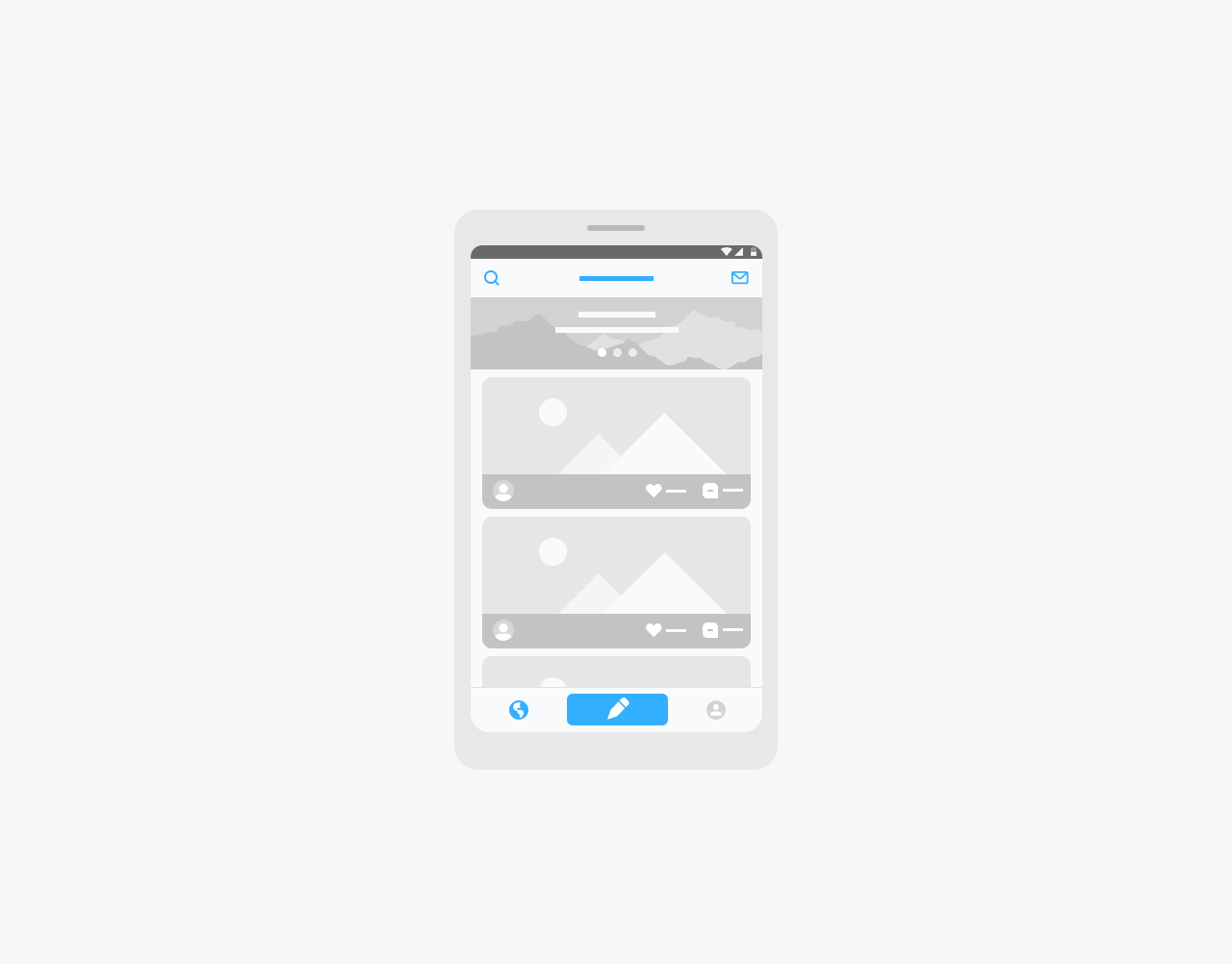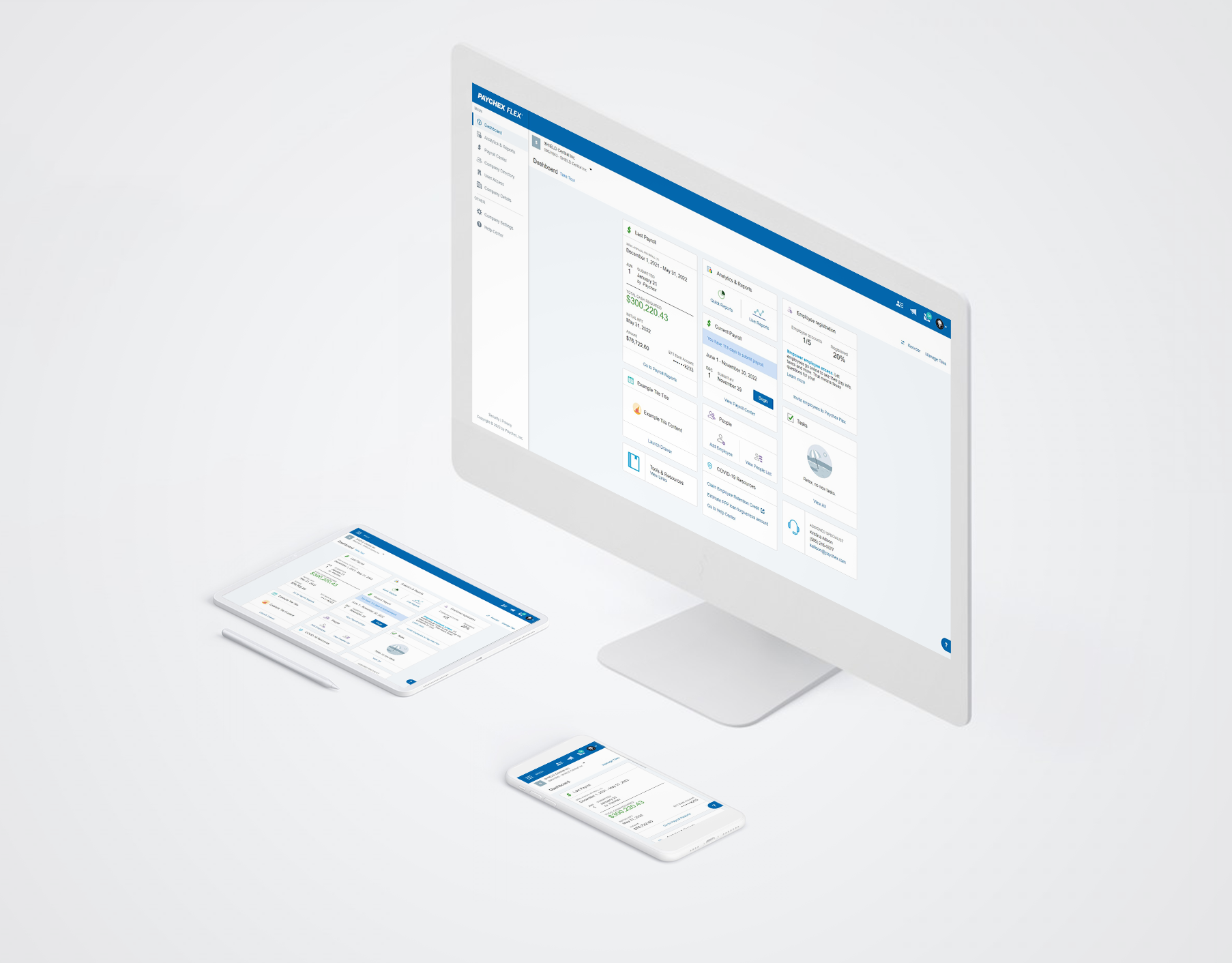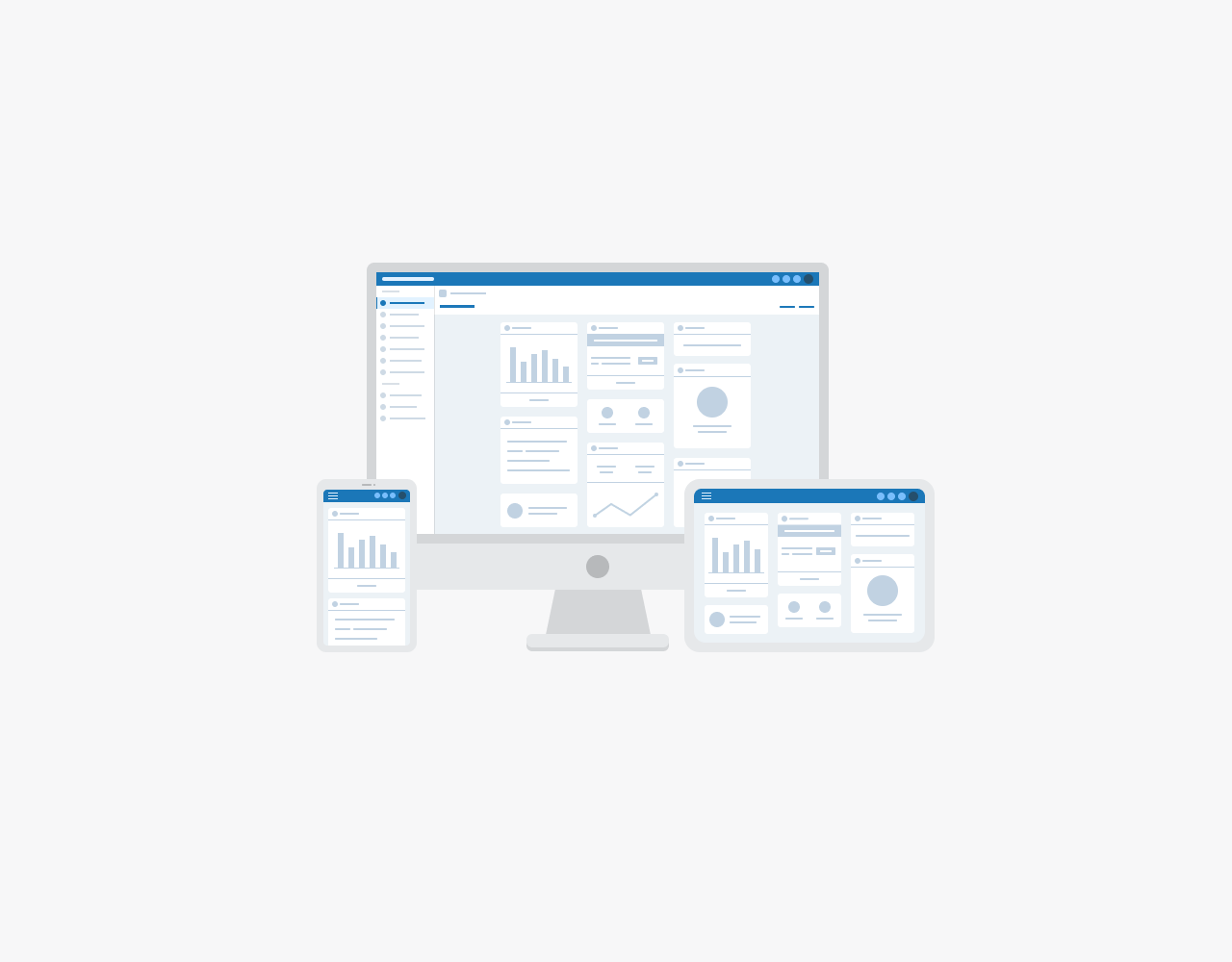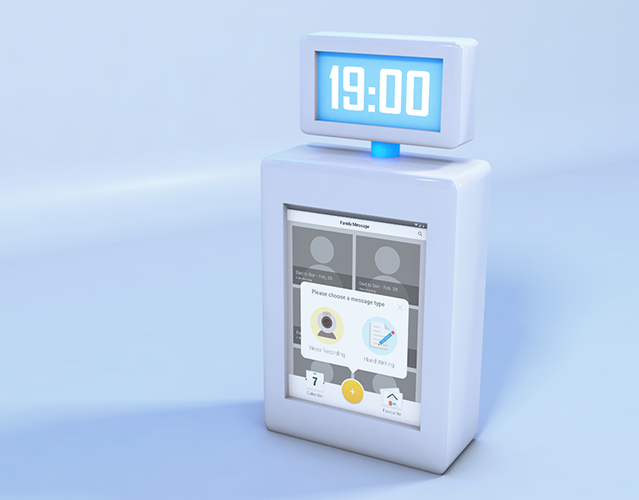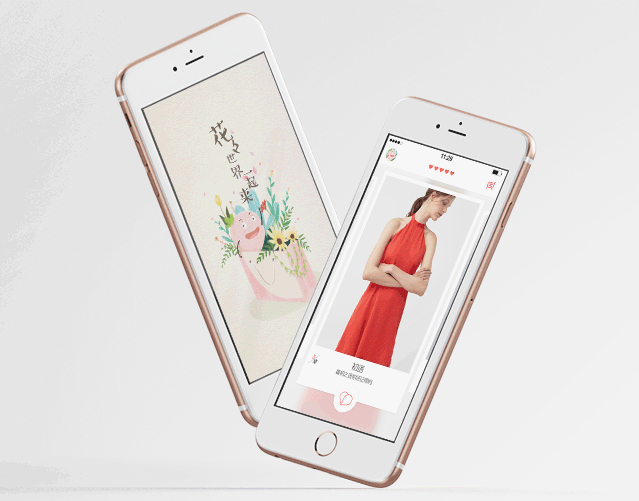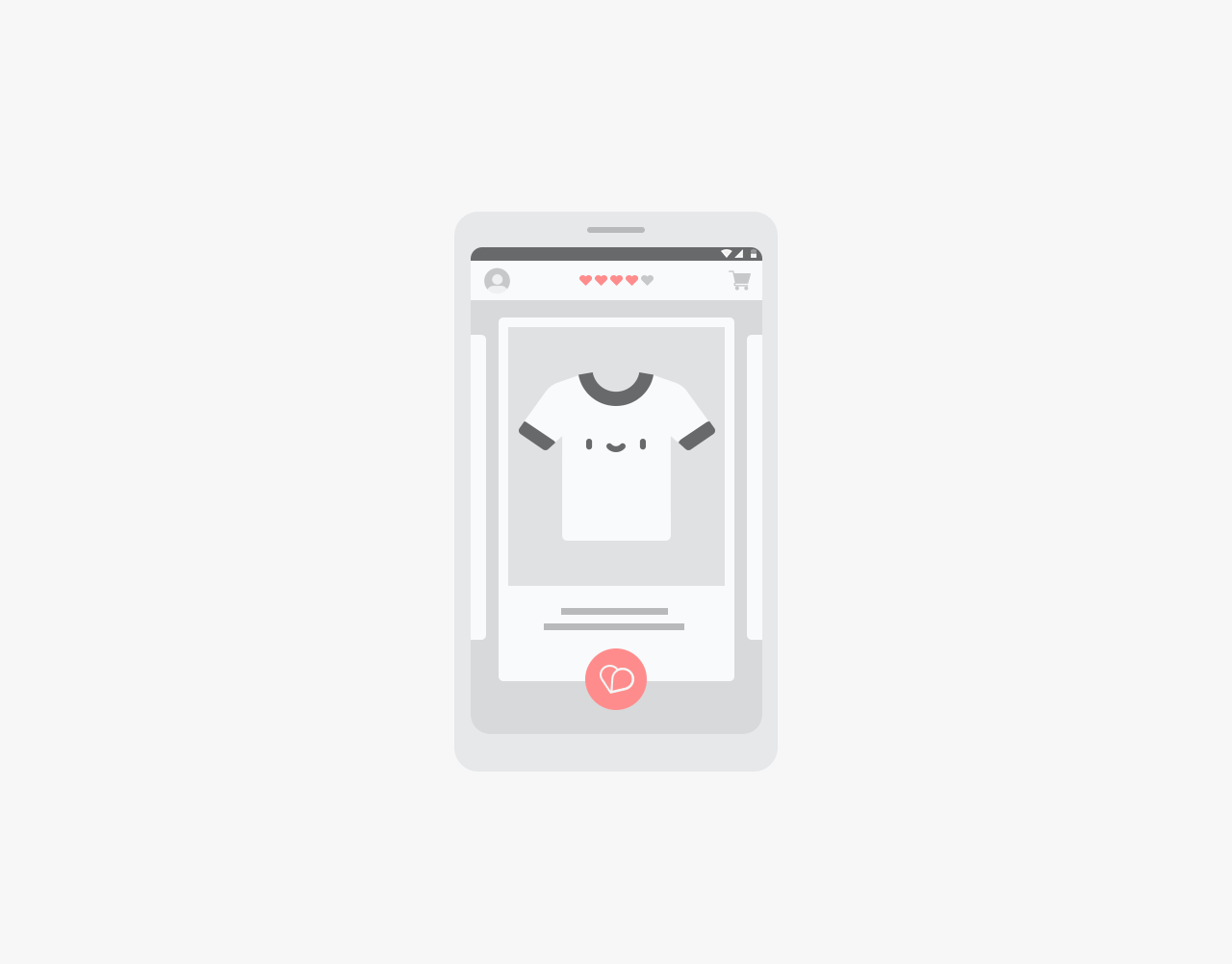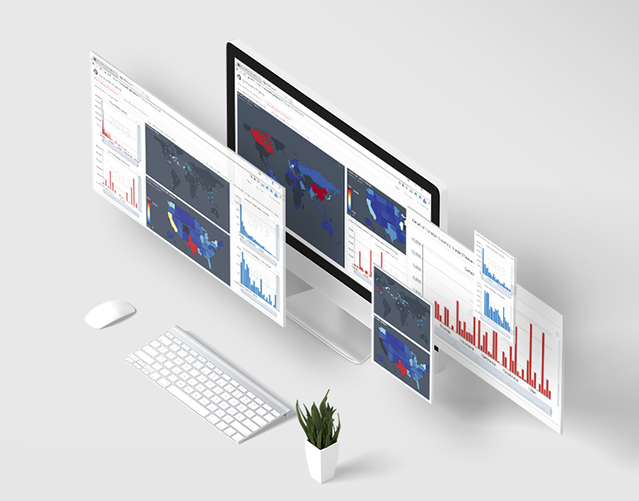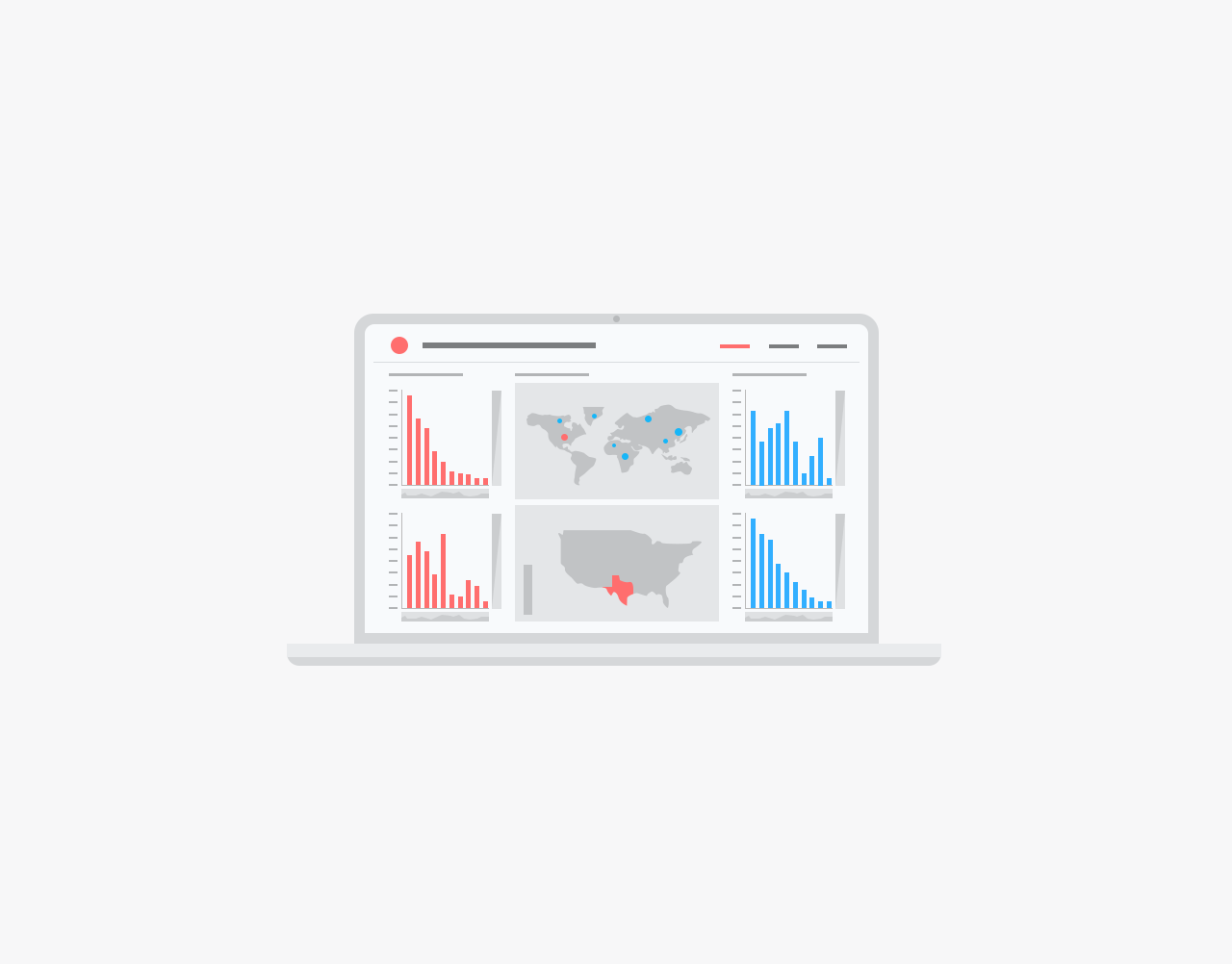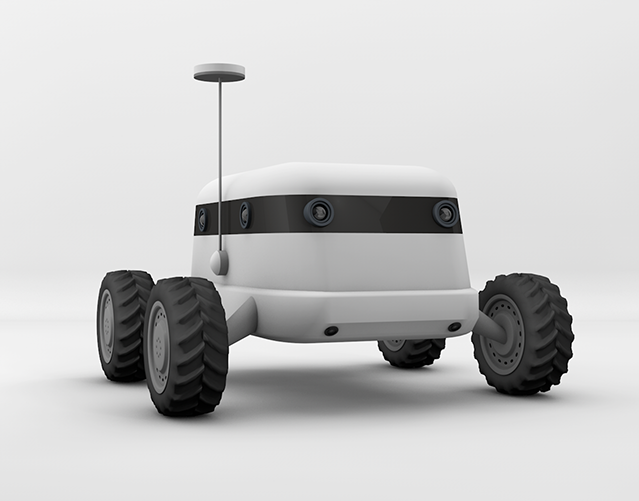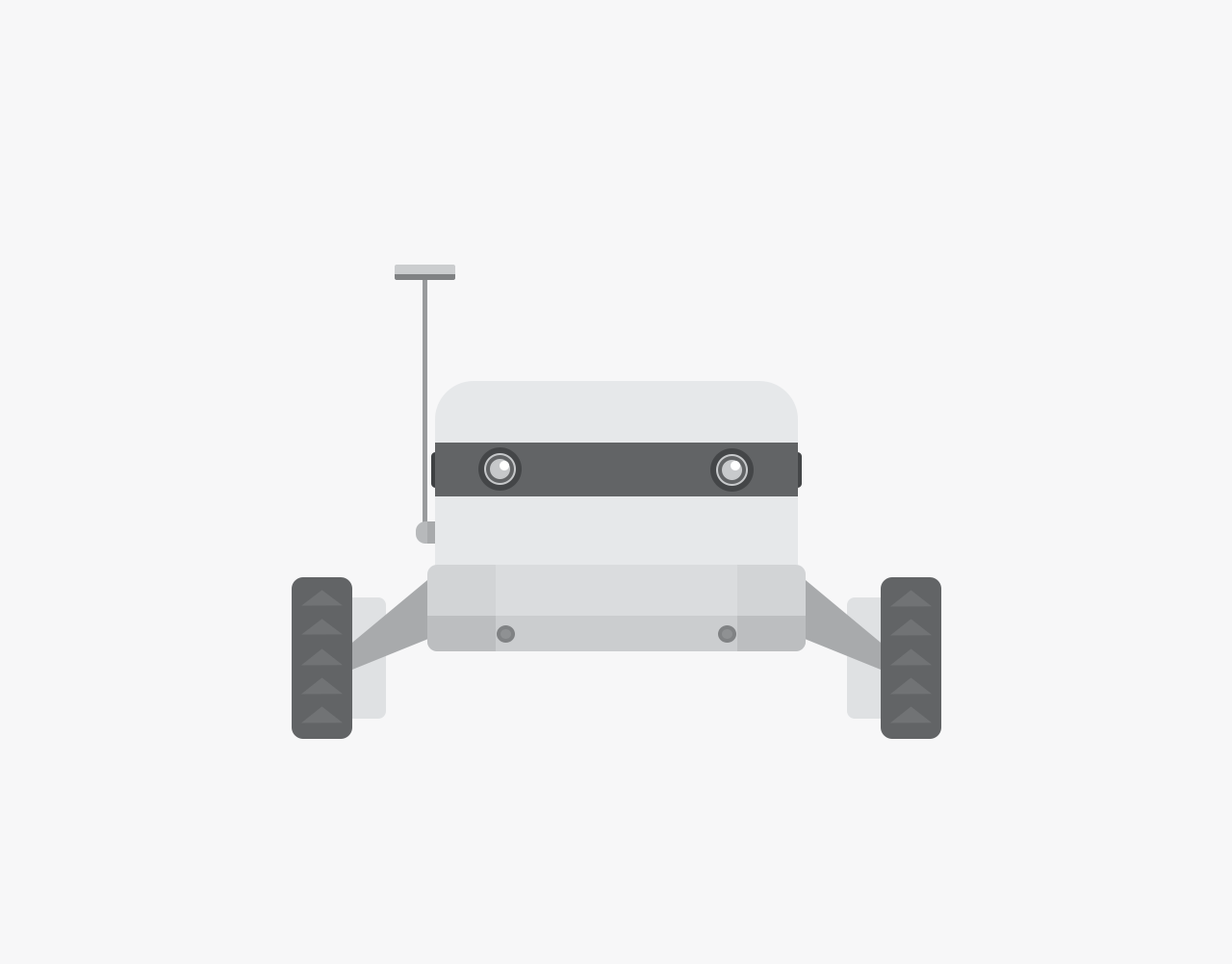Introduction
Facing the continuous water pollution and a potential water hazard in Indianapolis, we designed H2Flow water kiosk to improve citizens' awareness of the water quality situation and encourage them to maintain the water environment positively in the long run. H2Flow equipped multiple touchscreens for citizens to obtain educational water contents, evaluate water quality by location and sign up for cleaning events.
Environmental Research
In the beginning, my team decided to design for water environment since drinking water's lousy taste and sediment annoyed us every day. According to a water quality report published in 2017, the leading water provider in Indianapolis tested drinking water and detected 24 existing contaminants, including 9 contaminants that exceeded the recommended health guidelines. Besides, we also found photos showing visible turbidity and wastes in the White River, one of Indianapolis's primary water sources.
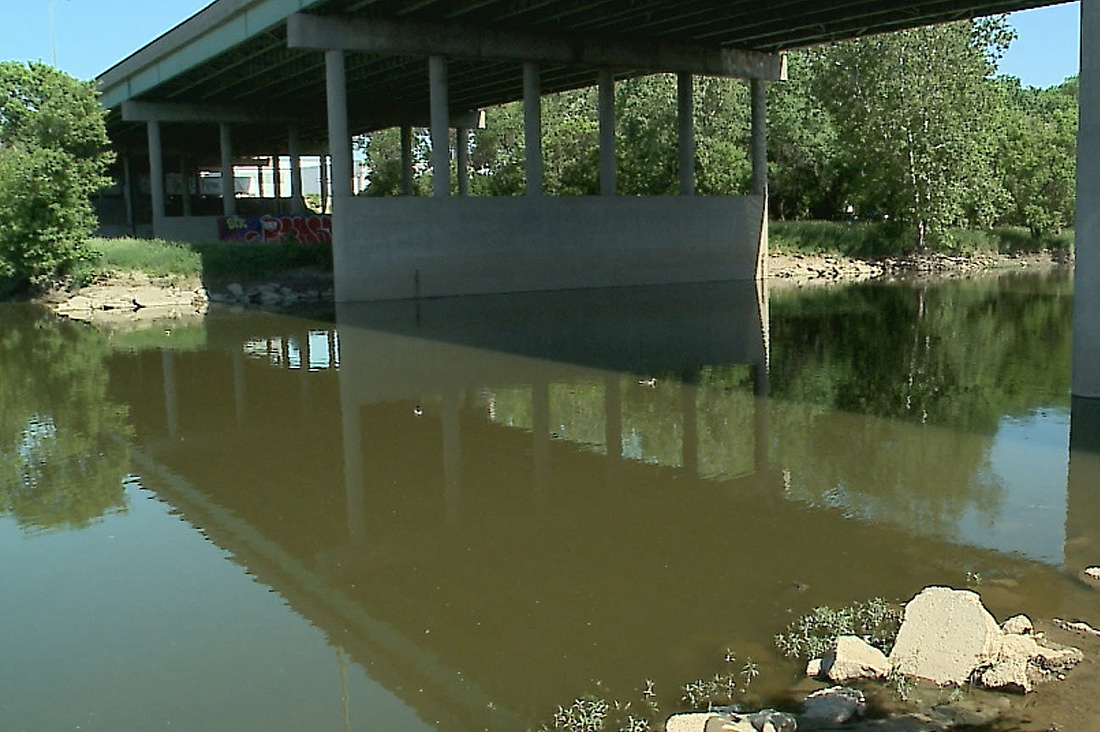
Turbid White River
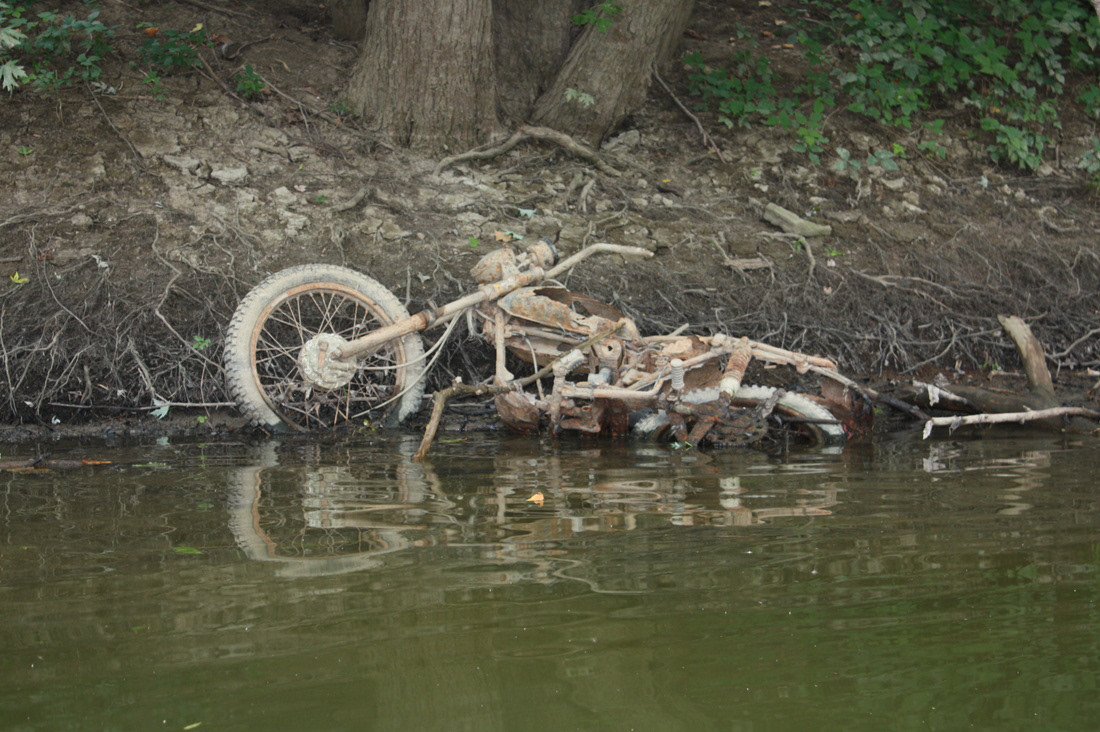
Abandoned Motorcycle in White River
Multiple pieces of evidence prove that pollution exists, but where do these contaminants come from? To answer this question, we dived deeper and found that most water contaminants in Indianapolis can be traced to 2 primary sources:
Instead of focusing on "Cure the Symptom" - Design a product that might cost huge to remove pollution from water, we set out product goal as "Cure the Disease" - Design a product to inspire citizens to become aware of the influence of water pollution, let them spontaneously avoid discarding domestic waste to the water, and eventually encourage them to improve the water environment positively.
User Research
To better understand citizens' perspectives regarding the water environment, we interviewed 5 residents with different occupations and different knowledge levels about water. Then, we extracted the common keywords from interviews and summarized 3 main user pain points to generate ideas for product design:
Idea Exploration
To eliminate user pain points, we brainstormed more than 50 product design concepts in 4 areas: Website, Mobile Application, Smart Device, and Mobile Game. Then, we conducted a team meeting, listed all ideas on the screen, and started rating from the first idea. We can rate each idea from 1 (Extremely Disagree) to 5 (Extremely Agree) and explain the reason for rating based on feasibility, innovation, practicality, etc.
At last, we summarized the ideas with the highest rates and decided to design the movable water kiosk with an extensive roof, 6 interactive screens, and 4 drinking water fountains to appeal to users towards the kiosk and further interact with the built-in application.
Storyboard
We designed the following storyboard to show one of the ideal H2Flow use cases for users:
Information Architecture
The main features of the embedded application include Education, Evaluation, Events, and Discussion, letting citizens learn about water, notice the water quality around their place and participate in the water environment by improving online and offline activities. Besides, we defined the detailed features together and created an information architecture to assist prototyping.
Low-Fidelity Prototype
Education Feature
The education feature intends to educate users about the sources of water pollution in the city and ways to prevent it. Users can go through the articles and share the same with friends and family by email. Similarly, users can watch videos, rate them and share them with friends.
The education feature intends to educate users about the sources of water pollution in the city and ways to prevent it. Users can go through the articles and share the same with friends and family by email. Similarly, users can watch videos, rate them and share them with friends.
Evaluation Feature
The evaluation feature allows users to view the water quality around a specific location by typing in. Also, users can check reports like health and recycling statistics to understand the cause. Besides, users can type in 2 different locations to make a comparison.
The evaluation feature allows users to view the water quality around a specific location by typing in. Also, users can check reports like health and recycling statistics to understand the cause. Besides, users can type in 2 different locations to make a comparison.
Event Feature
The event feature allows users to participate in various volunteer events and workshops to improve water quality. Users can sign up or share it with friends and surf through past events to learn about the impact it had by photos and data.
The event feature allows users to participate in various volunteer events and workshops to improve water quality. Users can sign up or share it with friends and surf through past events to learn about the impact it had by photos and data.
Discussion Feature
Users can provide feedback about the design of the water kiosk. Besides, through discussion boards, users can initiate a conversation on a specific article or video, which will involve and engage other users in interacting and generating potential solutions for a problem.
Users can provide feedback about the design of the water kiosk. Besides, through discussion boards, users can initiate a conversation on a specific article or video, which will involve and engage other users in interacting and generating potential solutions for a problem.
High-Fidelity Prototype
Interactive Prototype
Rendered 3D Model
